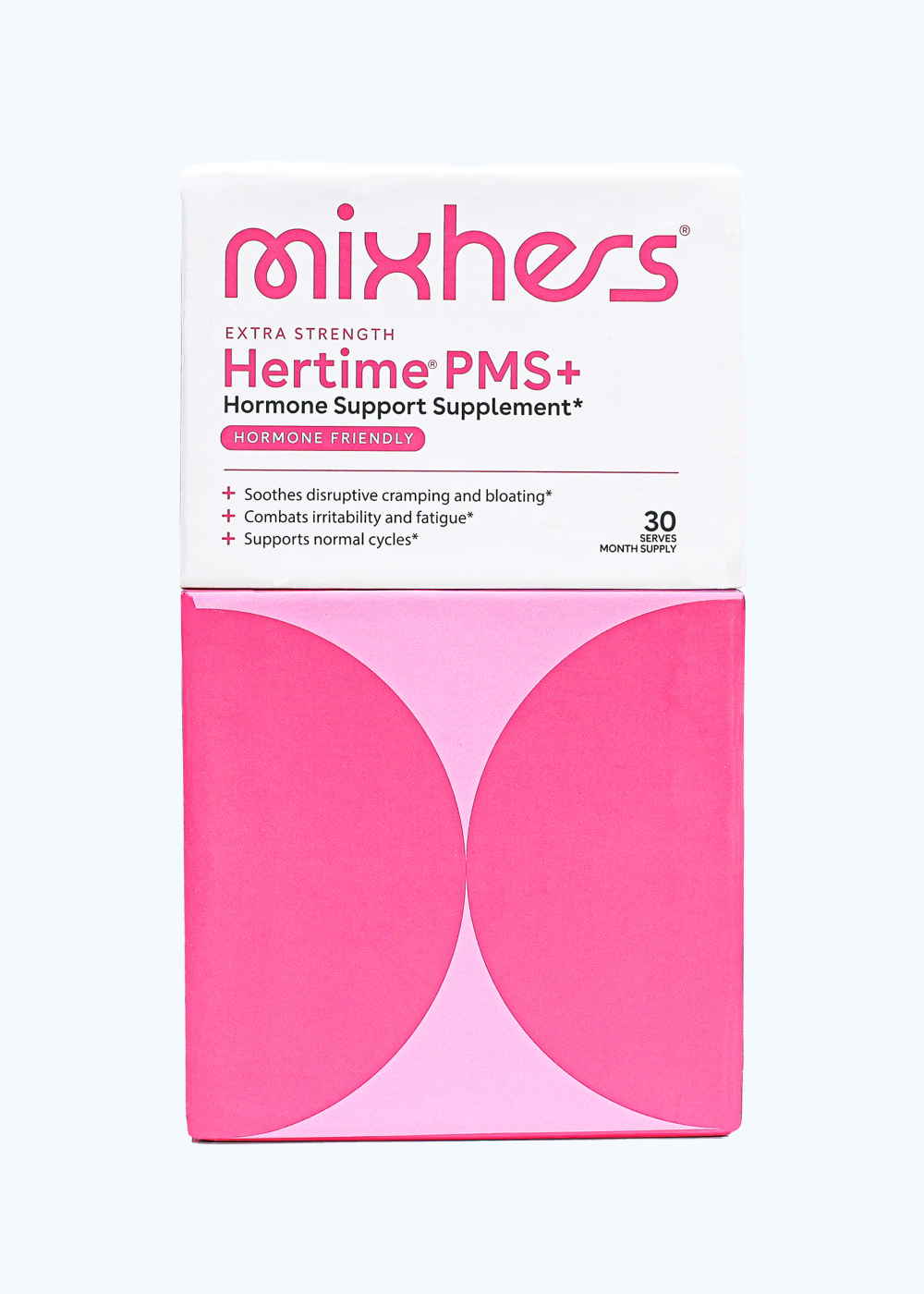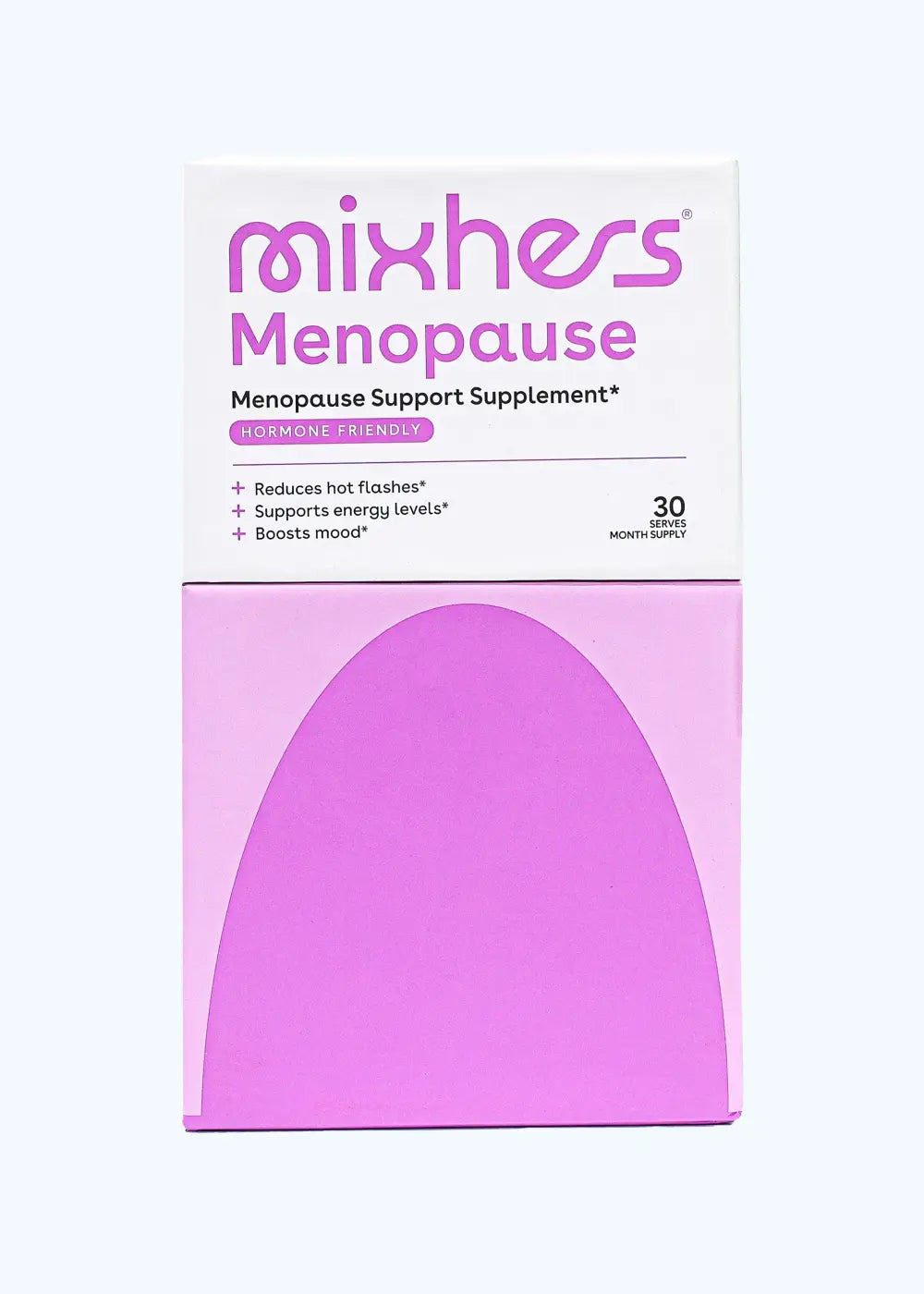Have you ever heard the saying “knowledge is power?” Well, it’s true—especially when it comes to our own bodies. If our hormones are a bit mysterious and we don’t know what’s going on in our bodies at any given time, we’re at a disadvantage. On the other hand, if we are familiar with the various phases of our menstrual cycle and the hormones associated with them, we have more power to make informed decisions about our bodies.
For example, if you know when you ovulate, you have more power to strategically time intimacy, so you’re more likely to get pregnant (or avoid intimacy if you aren’t ready to be a mom yet). If you know how to recognize the signs that your hormones are changing in preparation for your menstrual cycle, you can avoid planning water parties or backpacking trips for the next week or so. To help us ladies plan our lives a little better and make more informed choices, here’s what we should all know about our menstrual cycle.
What Is a Menstrual Cycle?
To really understand what’s going on in our bodies throughout the month, it’s necessary to dive pretty deep into our cycles and their various phases. So hold on tight, and let’s begin!
The purpose of the first half of our cycle is to shed our uterine lining through menstrual bleeding and then prepare our bodies to become pregnant. During the second half of the cycle, hormones perform the important role of either supporting and nourishing a fertilized egg or preparing once again to shed the uterine lining during menstrual bleeding.
This incredible cycle repeats itself every single month for most women of childbearing age. It’s like our body has this amazing internal clock inside it that never needs batteries or charging. It’s not always pinpoint accurate, though. Some months you may notice that your menstrual bleeding lasts longer than usual, or your ovulation phase seems to be off by a few days. But if we do what we can to make sure our menstrual cycle hormones are balanced, our cycle should be pretty consistent from month to month.
Phases of the Menstrual Cycle
The menstrual cycle is divided up into four main phases. These are called menstruation, the follicular phase, ovulation, and the luteal phase. These phases also have other common names, and we’ll mention those as we go along. First, let’s talk about what happens during each phase. Menstrual cycle hormones vary a lot during the different phases, and as they do, they cause the body to go through different changes.
Menstrual Phase
The menstruation phase of our cycle is the most notorious. It’s the time when we experience a variety of unpleasant symptoms, such as menstrual bleeding and cramping of the uterus. Though painful at times, this cramping is an indication that our uterus is doing its job of expelling the endometrium because we didn’t get pregnant during our last cycle.
The good news is that the menstrual phase doesn’t always have to be painful. If our hormones are balanced, we’re more likely to experience a normal period instead of a painful one. There are various ways we can balance our hormones, including eating a healthy diet and supplementing with natural products containing hormone-regulating ingredients made by Mother Nature herself.
Follicular Phase
Once we’re finished with the oh-so-fun menstruation phase, we get to move on to the follicular phase. This phase is also commonly known as the proliferative phase of the uterine cycle. During this phase, our body goes into follicle production mode. An ovarian follicle is a small sac within an ovary. Each follicle secretes hormones that influence the menstrual cycle stages. Every single follicle inside your body has the potential to release an egg to be fertilized.
Every month during the follicular phase, follicle stimulating hormone (FSH) released by the pituitary gland causes multiple follicles to form. They’re surrounded by elongated granulosa cells. The follicles then have an epic contest to determine which follicle will release a mature egg for potential implantation in the uterus wall.
In the end, a dominant follicle (known as the Graafian follicle) will emerge victoriously and release a mature egg into the fallopian tube during the ovulation phase. The egg may then be fertilized by incoming sperm and attach to your uterine lining, or it may die off if no fertilization or implantation occurs.
Ovulation Phase
After the epic follicular phase, we move on to the ovulation phase. This is the phase that we need to be really familiar with if we’re trying to get pregnant. During the ovulation phase, our dominant follicle needs to perform well. It needs to release an egg into the fallopian tube so it can be fertilized.
If you want to become pregnant, you need to make sure there are sperm inside your body during your ovulatory phase. Fortunately, human sperm are tough little guys and are known to live up to 5 days once inside the female body. This means that you can have sex a few days before your expected ovulation day and still have a chance at getting pregnant.
Luteal Phase
Once the dominant follicle has released a mature egg, it transforms into the corpus luteum during the luteal phase. This phase lasts from the moment of ovulation until the start of our next period.
The corpus luteum is essential for pregnancy. It’s a hormone-secreting endocrine gland located inside the ovary that produces hormones the body requires to prep the endometrium for implantation of a fertilized egg. Thanks to the hormones secreted by the corpus luteum, the endometrium becomes stickier and spongier so an egg can stick to it more easily.
We’ll go over the specific hormones the corpus luteum produces later on in this guide when we discuss all the hormones involved in a normal menstrual cycle. But for now, let’s talk about how we can keep track of our menstrual cycle, so we know what’s happening inside our bodies during various times of the month.
How to Keep Track of Your Menstrual Cycle
The average menstrual cycle is approximately 28 days long. However, our cycles can vary from month to month and may be anywhere between 24 and 38 days. If you struggle to keep track of where you’re at in your cycle, here are some things you may want to try:
- Create a personalized menstrual calendar. For anywhere between 3 to 6 months, keep a detailed record of your menstrual cycle. Write down obvious things (such as your menstrual period) as well as less obvious things (such as changes in your vaginal secretions). At the end of the 3 to 6 months, you’ll have a record of your average cycle that will help you identify where you’re at in your cycle at any given time going forward. Remember, the first day of your period is “day 1” of your cycle.
- Download an app. There are some really helpful apps, which make period tracking a cinch. Several different period tracker options exist, so ask around or give each a try until you discover the one you like best.
- Pay attention to your daily and weekly symptoms. Some of us ladies don’t really like to micromanage our lives with apps and calendars, and that’s totally okay! If you want a low-key way to keep track of your cycle, simply pay attention to your daily and weekly symptoms. Different phases of your cycle can cause different symptoms to pop up, such as sore breasts a few days before your period, changes in emotions, or fluctuations in your sleep patterns. If you consistently get the same symptoms during certain phases of your cycle, you can generally figure out which phase you’re in.
- Follow your birth control schedule. If you’re on the birth control pill that provides your body with progestin (or synthetic progesterone), you know when your period will normally be. Based on your oral contraceptive schedule, you can estimate when your body is going through the other phases of your cycle.
No two people are exactly the same, so don’t worry if you prefer a different tracking method than your best friend. Once you find your tracking groove, that’s where you should hang out going forward.
Hormones in a Normal Menstrual Cycle
Now that we’ve covered the different phases of our monthly cycle, it’s time to discover the role our female hormones—including progesterone and estrogen—play in the whole process. As long as each hormone level is within the normal range and all hormones are pulling their weight at the right time, things go pretty smoothly.
But when one hormone decides to disappear to her room when she’s supposed to take center stage, things can go wrong fast. The same is true if an overzealous hormone wants to keep the spotlight when it’s time for her to go backstage. Either of these scenarios can lead to imbalances in our hormones that aren’t so fun.
But before we talk about imbalanced hormones and how to help your hormones when they’re not functioning properly, let’s talk about what normal period hormones look like and how they do their jobs.
There are many different hormones involved in your ovarian cycle, but the four main types are follicle-stimulating hormone, luteinizing hormone, progesterone, and estrogen. Let’s get to know these team players.
Follicle-Stimulating Hormone
The anterior pituitary gland produces and releases follicle-stimulating hormone (also known as FSH). FSH is produced during your period and continues until ovulation. It sends instructions to the ovaries to get ready for ovulation and is a very important hormone for optimum fertility.
Luteinizing Hormone
Luteinizing hormone (sometimes spelled luteinising hormone) is produced by the anterior pituitary gland and helps promote ovulation. Its production is triggered by gonadotropin-releasing hormone (GNRH) and rising estrogen levels, which signal the pituitary gland to start pumping out luteinizing hormone. The dramatic LH surge is what causes the dominant follicle to release the egg from the ovary. This process usually happens around 13-15 days before your next period starts.
Progesterone
Progesterone is one of the most important hormones for supporting pregnancy. Production of progesterone is low during menstruation but begins to ramp up during the luteal phase. It’s produced by the corpus luteum, which once contained the mature egg.
Approximately halfway through the luteal phase, progesterone level peaks. If egg fertilization occurs, progesterone helps prepare the body for pregnancy by thickening the uterine lining and causing it to become spongy. If fertilization doesn’t happen, the corpus luteum begins to break down and results in a drop in progesterone levels. This leads to menstruation.
Estrogen
Estrogen (in the form of estradiol) is a little bit like progesterone’s twin during the luteal phase. Like progesterone, estrogen (oestrogen) is also produced by the corpus luteum. Estrogen causes the breast ducts to enlarge, which is why your boobs may feel super sensitive in the days leading up to your period.
Oestrogen also plays an active role in the other phases of your cycle. During menstruation, your estrogen level is low, but it starts to increase during the follicular phase. Rising estrogen levels help prepare your mature egg for release. Estrogen also causes changes to the cervical mucus in the days leading up to ovulation. It helps create “fertile quality” cervical mucus that is more hospitable for sperm. Once ovulation is over, estrogen drops off rapidly.
Understanding Hormone Imbalances
If hormone levels are too high or too low during our cycle, it’s referred to as a hormone imbalance. Imbalanced hormones can cause an impressive variety of undesirable symptoms, even if they’re only slightly “off.” A single imbalanced hormone can lead to imbalances in the other hormones.
To put things in perspective, imagine you accept a job at a doll manufacturing facility. You’re part of a product assembly line, and you’re responsible for sticking the heads on baby dolls. Other people in the assembly line have their own responsibilities. Before the doll even gets to your station, Jane has attached the arms to its body, and Peter has attached its legs. After you put the heads on the dolls, they travel down to Cecilia’s station, where she puts cute clothing on each doll before sending them down the line for packaging.
But what happens if Jane doesn’t show up to work one day or Peter gets sick and runs to the bathroom in the middle of his shift? Suddenly you’ll start getting armless, legless dolls at your station. As you run around trying to make up for others’ mistakes, you’re bound to get worn out, cranky, and more prone to making mistakes yourself. That’s how our hormones feel when one is out of balance, and the others feel like they have to make up for it.
When hormones are out of balance, they can cause you to become irritable, tired, depressed, or anxious. Hormone imbalances are also responsible for many of the PMS symptoms some women experience each month. When we consistently have premenstrual syndrome symptoms such as excessive breast tenderness, mood swings, food cravings, and bloating, we’re most likely dealing with one or more imbalanced hormones. The good news is that we can take steps to fix it once we realize what the problem is.
What Causes Imbalanced Hormones
There are many things that can lead to hormone balance issues, including:
- Our diet
- Eating disorders
- Hormone therapy
- Certain medications
- Stress
- Trauma or injury
In rare cases, changes in hormones can also stem from tumors or other serious medical conditions. Perimenopausal women also frequently deal with hormone disruption that leads to unwanted symptoms.
Once our hormones are out of whack, they may not return to normal levels without some intervention. That’s why it’s so important to pay attention to our bodies and what they’re telling us. Whether we’re experiencing terrible menstrual cramps every month or bleeding heavily for longer than a week, we shouldn’t ignore the symptoms. Our body is intelligent, and when it’s causing us discomfort, it’s usually trying to send us a message.
How to Balance Your Hormones
It is possible that our hormones could bring themselves back into alignment over time, but this scenario doesn’t happen very often. Usually, it takes some effort on our part to facilitate healthy hormone levels in our bodies.
We can help our hormones by decreasing our stress levels, eating a healthy diet, and cutting harmful substances out of our lives. We can also use hormone-balancing supplements to nudge our hormones back into their proper positions on our reproductive stage. Hertime is one such supplement. It’s made with natural ingredients, so we don’t need to worry about synthetic hormones or anything else we don’t want in our body. The great-tasting formula is made with earth-grown ingredients that help reduce inflammation and regulate hormones holistically.
Our bodies work hard to do what they’re supposed to do every month, but sometimes they need a little help. Try Hertime supplementation for a few months to see if it improves your monthly symptoms.












